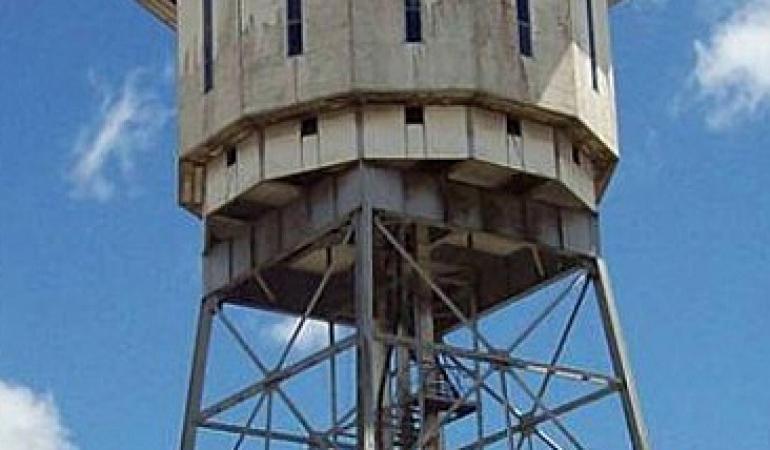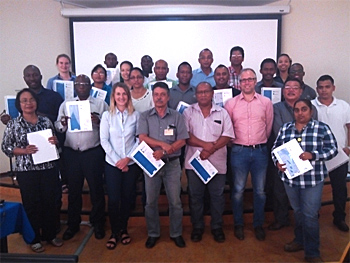
The Suriname Water Company (SWM) recently started the implementation of Water Safety Plans (WSPs). The inception phase included a tailor-made training by Dr (Doctor ). Giuliana Ferrero (UNESCO-IHE) and Mr. Harold van den Berg (RIVM).
Water Safety Plan
A Water Safety Plan (WSP) is a risk assessment and risk management framework developed by the World Health Organization; this approach encompasses all the steps in water supply from catchment to consumers, to ensure the safety of drinking water. In total a WSP consists of 11 steps, the main steps include system description, identification of hazards and hazardous events that can affect the safety of the water supply, assessment of the corresponding risks, validation of the control measures in place, definition of an improvement plan and demonstration that the system is consistently safe.
Water supply in Suriname
The Suriname Water Company is now in charge of operating 33 water supply systems in the coastal area, but will be responsible for the water supply in the whole coastal area by 2024. This will include the water utilities which are now operated by the Ministry of Natural Resources.
Training
The SWM staff has been trained on the last steps of a WSP, monitoring practices and management and communication, through interactive lectures and exercises. Participants drafted operational monitoring and verification plans specific for the two plants, as well as a generic list of supporting programmes and management procedures that could be applied to the water company. They also reflected on how and when to revise the newly developed WSPs. In the second part of the training, participants gained ‘hands-on’ experience while developing four new WSPs with the support of the trainers.
The training was sponsored by EP-Nuffic and the Dutch Ministry of foreign affairs.
